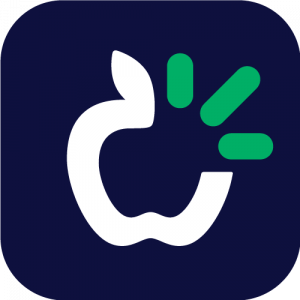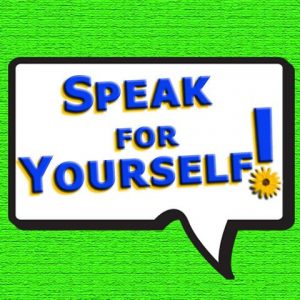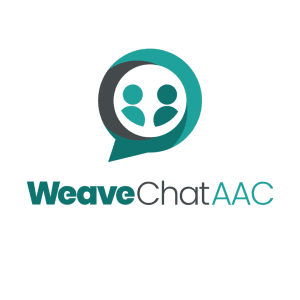A worried parent does better research than the FBI: Finding AAC
"A worried parent does better research than the FBI." But.... Knowing where to look is half the battle. If you don't look in the right places, then you won't find all the resources you need to...
Sounds at Home: App Review
With the beginning of the new school year about to start in South Africa, Sounds at Home is a great app to begin with. The app targets phonemic awareness and auditory memory skills in young...
My Top 10 Apps of 2014: Language & Literacy
Using apps to provide whole language learning has added a new dimension to intervention with children in the digital age. Most, but not all of these apps were released in 2014. They form part of my...
Verb Quest: App Review
Verb Quest from Smarty Ears is designed to target verbs in children. Children who are English Second Language learners as well as children with language difficulties often find different verb tenses...
How are Siri & a BMW the same? Developing questions for children
In a beautiful and poignant article, a mother describes her autistic son’s ‘relationship’ with Siri – Apple’s personal assistant. Siri is 'someone' who can answer her all her son’s questions with...
Phonological Awareness Lab: App Review
Phonological awareness skills are important in order to develop good reading skills. By engaging in word play, children learn to recognize patterns among words and use this knowledge to read and...
`Proloquo2Go
TouchChat with WordPower
Snap+Core First
Grid for iPad
SpeakforYourself[
WeaveChat
AAC is short for Augmentative and Alternative Communication
Source: AssistiveWare
Communication devices, systems, strategies and tools that replace or support spoken language are known as augmentative and alternative communication (AAC). These tools support a person who has difficulties communicating using speech.
The first “A” in AAC stands for Augmentative Communication. When you augment something, you add to it or supplement. Augmentative communication is when you add something to your speech (eg. sign language, pictures, a letter board). This can make your message clearer to your listener.
The second “A” in AAC stands for Alternative Communication. This is when you are not able to speak. It is also when your speech is not understood by others. In this case, you need a different way to communicate.
Basically, AAC can be tools, systems, devices or strategies. These tools help a person communicate, when they cannot rely on speech. Perhaps your child has not started talking. Perhaps you have lost your ability to speak. Perhaps your speech comes and goes. Maybe speaking is harder than other ways to communicate. AAC can help.













